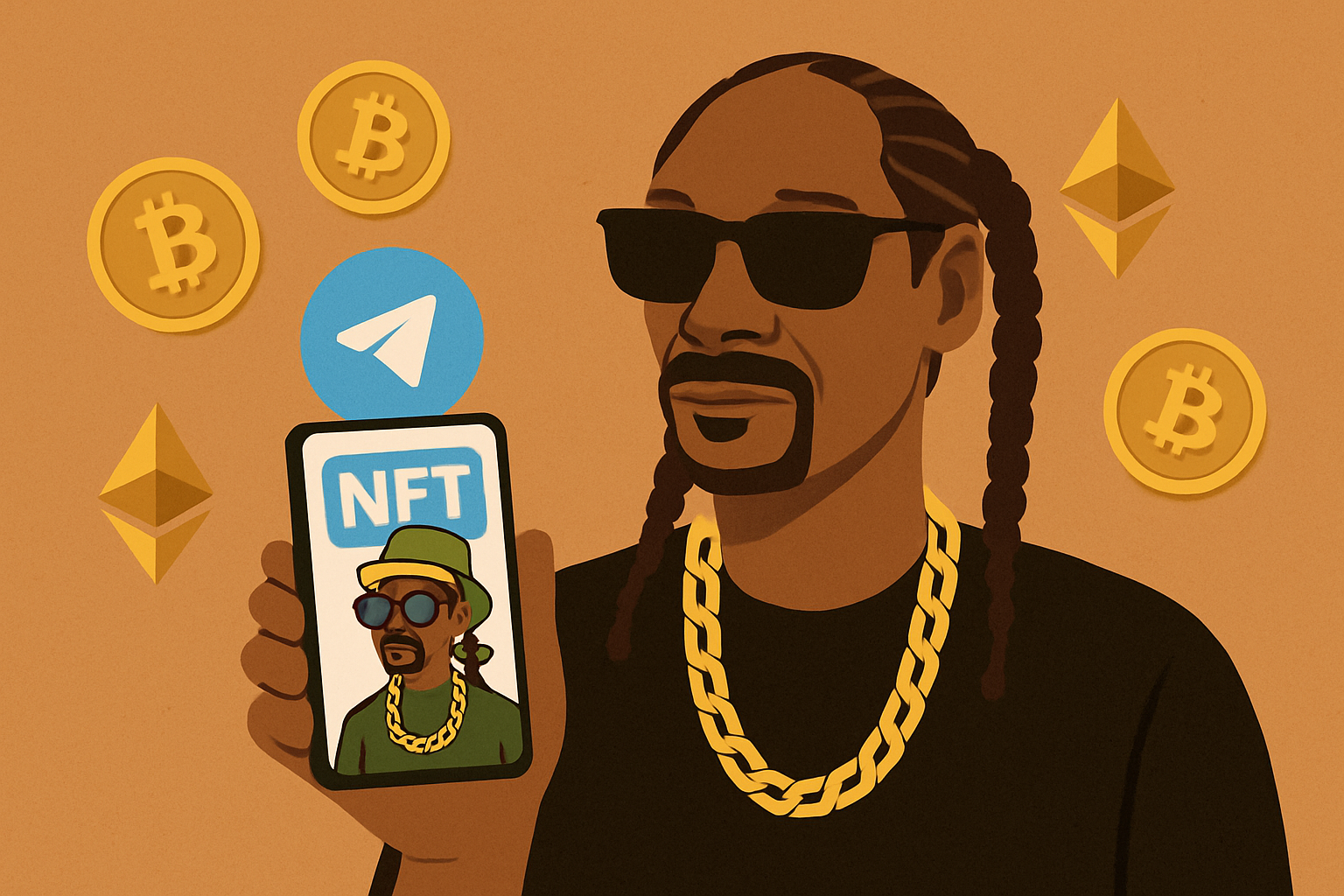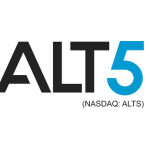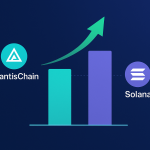NFT & Blockchain
Snoop Dogg’s NFT Drop On Telegram: A Milestone In The Evolution Of Digital Collectibles

Introduction
On July 9, 2025, the NFT world witnessed an extraordinary event when global hip-hop icon and cultural entrepreneur Snoop Dogg launched a series of digital collectibles via the Telegram messaging app. The campaign, which offered nearly one million NFTs in multiple price tiers, sold out within just thirty minutes of its release. With over 12 million dollars in total revenue generated, this drop was not only a commercial success but also a symbol of how messaging platforms, blockchain integration, and celebrity influence are reshaping the landscape of digital assets. Powered by the TON blockchain, Telegram’s NFT gifting feature had already been gaining traction earlier in the year. However, this collaboration with Snoop Dogg elevated it to an entirely new level—making a convincing case for how NFTs can evolve beyond hype cycles and find lasting value through everyday utility, accessible interfaces, and pop-culture integration.
The Digital Renaissance: From Meme Hype To Functional Ownership
To understand the gravity of this drop, it is crucial to step back and assess the broader context in which it took place. NFTs, or non-fungible tokens, first rose to global attention in 2021 with massive speculative waves driven by profile pictures, digital art, and meme-based collectibles. At their peak, NFT markets were transacting billions of dollars monthly. However, the crash that followed in 2022 through 2023 revealed significant structural flaws—primarily due to unsustainable hype, lack of utility, and market saturation. As 2025 began, much of the NFT conversation had shifted.
While mainstream media declared the decline of NFTs, a quieter, more measured trend was emerging—one focused on actual use cases. These included in-game assets, virtual wearables, domain ownership, and most relevant to this story, social identity tokens and gifting models. Telegram, with its massive user base and decentralized ethos, became a unique player in this shift. The platform’s earlier experiments with username auctions and token-based functionalities laid the groundwork for its NFT gifting system—designed not for flipping but for personalized, expressible ownership.
Telegram And The TON Blockchain: Reimagining Digital Ownership
Telegram’s evolution into a crypto-native platform began with the TON blockchain, originally developed by its internal team. Although the U.S. Securities and Exchange Commission halted the initial rollout in 2020, TON survived as an open-source project. Fast forward to 2025, and the TON ecosystem is flourishing with scalable infrastructure, low-cost transactions, and seamless app integrations. Telegram began allowing users to tokenize usernames and channel handles in 2024, creating a vibrant in-app economy.
With the rollout of NFT gifting, the platform introduced a way to send digital collectibles within chats—animated items or avatars that users could attach to their profiles, gift to others, or convert into in-app currency. These NFTs were minted directly on TON, ensuring provable ownership and tradability. By removing the friction of external wallets, marketplaces, and onboarding processes, Telegram lowered the barrier for non-crypto natives. In this ecosystem, NFTs became less about speculation and more about digital expression and social interaction—elements that prepared the stage perfectly for a high-impact celebrity collaboration.
Enter Snoop Dogg: A Cultural Force Meets Blockchain Innovation
Few celebrities have embraced Web3 with as much consistency as Snoop Dogg. Known for his multifaceted brand, entrepreneurial ventures, and early adoption of digital trends, Snoop had previously launched NFTs, collaborated with The Sandbox metaverse, released the Doggies collection, and built a sizable personal NFT vault under the pseudonym Cozomo de’ Medici. His endorsement of the Telegram NFT gifting platform was more than a celebrity promotion—it was a convergence of two credible forces.
The collaboration was carefully structured to cater to both hardcore collectors and casual fans. Multiple price tiers were introduced, ranging from high-end items priced at $150 to entry-level digital collectibles costing under $5. The collection was themed around Snoop’s signature style and iconography: lowriders, cigars, retro glasses, dogs, and west coast hand gestures. Each item was animated and designed to function as a profile collectible within Telegram’s ecosystem.
Mechanics Of The Drop: Speed, Scarcity, And Simplicity
The most remarkable aspect of the NFT drop was its simplicity. Users could access the collectibles via Telegram’s in-app gift section, pay using TON or Stars (Telegram’s internal currency), and receive their NFT instantly within the app. The drop featured five tiers: Westside Sign, Low Rider, Snoop Cigar, Swag Bag, and Digital Doggs. Each had a unique price point and supply limit. The higher-tier items sold out within minutes.
The Westside Sign collectibles disappeared in under two minutes despite costing the most, indicating strong demand from serious collectors. The broader supply sold out within thirty minutes—a feat rarely achieved even during the NFT bull run of 2021. Telegram founder Pavel Durov confirmed the sale’s success via social media and announced that minting to the TON blockchain and secondary market trading would be available within 21 days. This means users who acquired NFTs can verify ownership on-chain and trade them in a decentralized marketplace—a critical step toward establishing real value and interoperability.
A Turning Point For NFT Adoption And Utility
The success of the drop goes far beyond its dollar value. It demonstrated the power of a native NFT system within a widely-used app. By removing the need for external wallets, complex onboarding, or Web3 jargon, Telegram positioned NFTs as a seamless layer of digital identity and gifting. Snoop Dogg’s involvement offered mainstream cultural appeal, but the real innovation lay in how users experienced the transaction. From start to finish, it was as easy as sending a sticker or emoji. For years, NFT critics argued that the technology was too abstract for the general public. Telegram’s model proves otherwise. In fact, it may be the most user-friendly NFT implementation to date.
The TON Ecosystem’s Expanding Footprint
As of mid-2025, TON has grown into one of the fastest-expanding blockchains in terms of wallet creation and transaction volume. The network supports a wide range of dApps, from DeFi to messaging tools to identity verification. Its seamless integration into Telegram, particularly for NFTs, creates a unique vertical: a social platform with built-in crypto rails. This verticalization of experience—from content creation to commerce to digital ownership—is what many analysts believe will define the next wave of Web3 adoption.
According to on-chain analytics, TON NFTs now represent a growing share of daily wallet activity, and Telegram NFT gifts specifically have seen engagement rise by over 300 percent since January 2025. Projects like Plush Pepe and Punks on TON had already set the stage, but Snoop’s involvement has taken the movement mainstream.
Celebrity Engagement 2.0: Beyond Promotion To Participation
Traditional celebrity NFT drops were often criticized for being quick cash grabs or brand exercises with no lasting engagement. However, the Telegram model changes that. Because the NFTs are meant to be worn, gifted, and displayed within a messaging app, the celebrities behind them become part of users’ daily social lives. For instance, gifting a Snoop Cigar NFT to a friend is more than a transaction—it is an interaction that carries humor, identity, and shared culture. In future iterations, creators could use NFTs to unlock exclusive content, host gated chats, or offer virtual meet-and-greets, making the collectibles a key to immersive fan communities. Telegram’s infrastructure makes this level of utility not only possible but highly scalable.
Implications For Brands, Creators, And The NFT Market
The implications of this successful drop are wide-reaching. For brands, it proves that NFTs can be integrated into real-time digital experiences without requiring a complete shift to Web3 architecture. For creators, it provides a way to monetize identity, art, and expression in spaces where their audience already lives. And for the NFT market, it offers a potential roadmap out of the speculative abyss.
Instead of targeting collectors and traders, this model focuses on fans, friends, and followers—redefining value through connection rather than scarcity alone. Telegram’s upcoming rollout of minting and peer-to-peer NFT trading will further strengthen this narrative. Soon, users will be able to sell Snoop NFTs directly to one another within the app or move them to other TON-compatible wallets for external use. This two-way street of creation and exchange is what gives digital assets their staying power.
A Future Driven By Social Ownership
What makes Telegram’s approach special is that it turns NFTs into a social medium. Ownership is no longer about profit—it is about participation. Whether it is expressing identity through avatars, celebrating inside jokes through gifts, or commemorating events through tokenized moments, NFTs are being reframed as tools of communication. The next generation of NFTs might not live in expensive digital art galleries or blockchain games. Instead, they will appear in chat bubbles, video calls, group messages, and friend circles. As more public figures, creators, and artists follow Snoop Dogg’s lead, this model could become the dominant form of NFT interaction for the mass market.
Final Thoughts
Snoop Dogg’s sold-out NFT drop on Telegram is not just another celebrity stunt—it is a case study in how the convergence of culture, technology, and community can give rise to a new form of digital value. By leveraging Telegram’s frictionless user experience and TON’s scalable blockchain infrastructure, the campaign offered a glimpse into the future of NFTs: social, accessible, fun, and functional. In a world saturated with digital content, what we choose to own, wear, and share says more about us than ever before.
If NFTs are to thrive in this new world, they must evolve from assets of speculation into emblems of identity. And in that respect, Telegram may have just delivered one of the most important breakthroughs in the NFT space since its inception. As minting and trading go live, and other celebrities consider similar ventures, we will see whether this model can scale—and whether it marks the beginning of NFTs 2.0, driven not by rarity or hype, but by relevance and community.








